Decision Support Tools for Incident Response
Find waste management tools to support response-related decisions
Managing waste resulting from disasters can be a complicated and resource intensive process, especially during large-scale incidents such as the Fukushima Daichi Nuclear Power Plant accident or severe hurricanes. For these large-scale incidents, federal, state, local, tribal, and territorial governments need tools to assist them with waste management decisions in the pre-planning, mitigation, response, and recovery phase of an incident. Below you will find tools that are available to support many response-related tasks. Use the filters to quickly find tools that are specific to hazards and/or response activities/phases.
-
Explore Research Data

Explore emergency response research data housed in EPA’s Remediation Data Repository (RADAR).
-
Design a Sampling Plan

Conduct a tradeoff analysis to assess and compare differences in resource demands among different sampling strategies.
-
Analyze Chemical and Biological Decontamination Strategy Tradeoffs
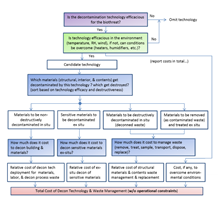
Analyze the tradeoffs in building decontamination remediation technologies for chemical and biological contaminants.
-
Evaluate Chemical and Radiological Decontamination Strategy Resource Demands
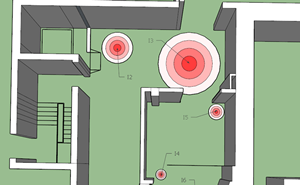
Evaluate decontamination technologies and the associated resource demands required to remediate radiologically contaminated structures.
-
Review Waste Management and Disposal Guidance
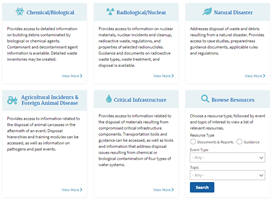
Explore a collection of waste management and disposal guidance available for chemical, biological, radiological and natural disaster responses.
-
Estimate Waste Stream Quantities
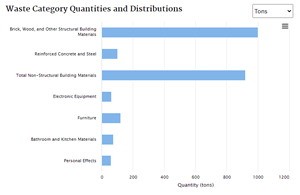
Calculate an estimate for the weight and volume of materials that may require disposal.
-
Evaluate Radiological and Biological Decontamination Strategy Waste Impacts
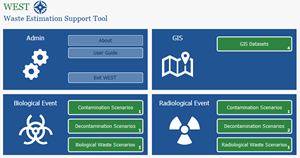
Evaluate the impact of various decontamination scenarios on the amount of solid and liquid waste that may be generated.
-
Site a Location to Stage/Store Waste & Debris

Conduct a suitability analysis to identify potential locations for staging and storing waste and debris.
-
Locate Recovery Facilities to Manage Debris
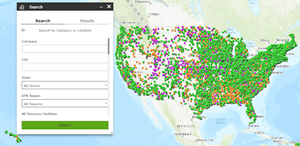
Identify and map potential landfill and recovery facilities to manage and dispose of debris.
-
Locate Treatment and Disposal Facilities to Manage Waste
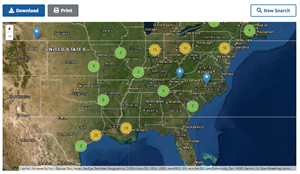
Identify and map potential landfill, combustion, and other treatment and disposal facilities (e.g., rendering plants, wastewater treatment plants, autoclaves) to manage and dispose of waste.
-
Estimate Resources to Route Waste & Debris
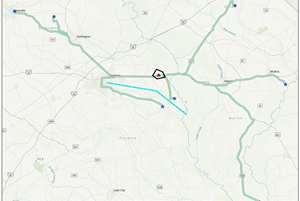
Estimate resource demands (cost and time) associated with transporting large volumes of waste.
-
Create a Waste Management Plan

Create a comprehensive plan for managing waste generated from manmade and natural disasters.
